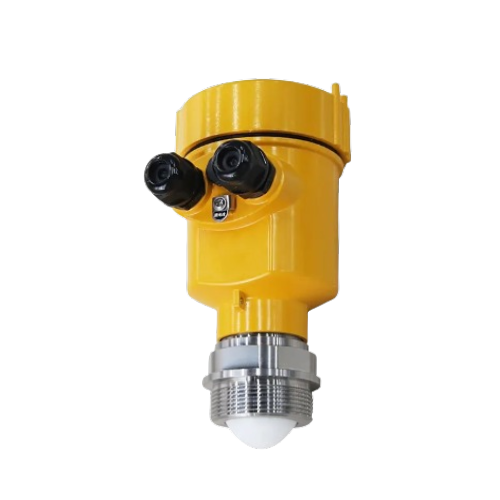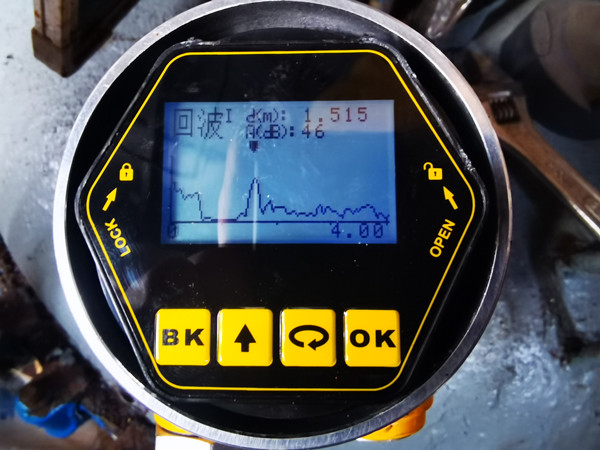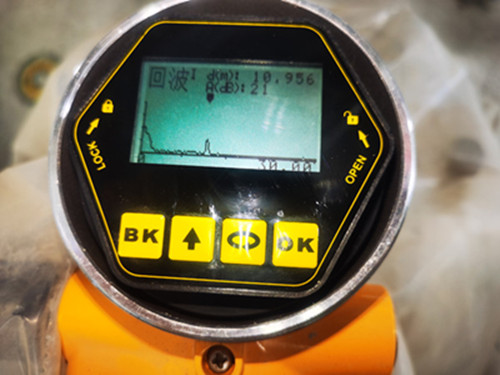BETTER TOUCH BETTER BUSINESS
Contact Sales at KAIDI.
Radar level meter It is widely used for its non-contact measurement, high accuracy and reliability. It determines the level by transmitting electromagnetic waves and receiving their reflected echoes. However, in the process of using radar level meters, users often encounter a problem: what is the size of the echo strength value related to? In this article, we will discuss the main factors affecting the return strength of radar level meter.

First, the dielectric constant of the medium has a significant effect on the echo strength. The dielectric constant is a physical quantity that describes how a material responds to an electric field, and it varies greatly from material to material. In general, materials with higher dielectric constants (e.g., water and oil) reflect radar waves better, resulting in a stronger echo signal. On the contrary, substances with lower dielectric constants (e.g. plastic particles and certain powders) may absorb more radar waves, resulting in a weaker return signal. Therefore, when selecting a radar level meter, the dielectric properties of the medium to be measured must be considered.

Secondly, the surface state of the medium will also affect the echo strength. If the surface of the medium is rough and uneven or there are interfering factors such as bubbles and vapors, these factors will scatter or absorb part of the radar wave, reducing the energy reflected back to the radar antenna and thus reducing the echo strength. In order to obtain accurate measurement results, you need to ensure that the media surface is as smooth as possible, and take measures to reduce interference. Third, the installation position and angle of the china solid radar level meter are equally important. Improper installation, such as the antenna is not vertically aligned with the surface of the medium or is too close to the vessel wall, may result in a weakened return signal. Proper installation should ensure that there is sufficient distance between the antenna and the surface of the medium and that the antenna is oriented to maximize the capture of the reflected waves.

In addition, environmental conditions are a factor that cannot be ignored. Changes in temperature, humidity, and barometric pressure can affect the speed and path of radar wave propagation, which in turn affects the echo strength. Radar level meters operating in extreme environments may require special designs to accommodate these changes. Finally, the technical parameters of the radar level meter itself can also affect the echo strength. Parameters such as transmit power, antenna gain, receive sensitivity, etc. will directly determine the strength of the return signal. High-performance radar level meters usually have stronger transmitting power and higher receiving sensitivity, which can provide stable measurement results under various conditions.
The return strength of a radar level meter is affected by a number of factors, including the dielectric constant of the medium, the surface condition, the mounting position and angle, the environmental conditions and the technical parameters of the device itself. Understanding these factors is critical to the proper selection and use of radar level meters, and together they determine the accuracy and reliability of the measurement. By taking these factors into account and taking appropriate measures, the performance of radar level meters can be significantly improved to ensure their efficient operation in a variety of industrial applications.
We are here to help you! If you close the chatbox, you will automatically receive a response from us via email. Please be sure to leave your contact details so that we can better assist